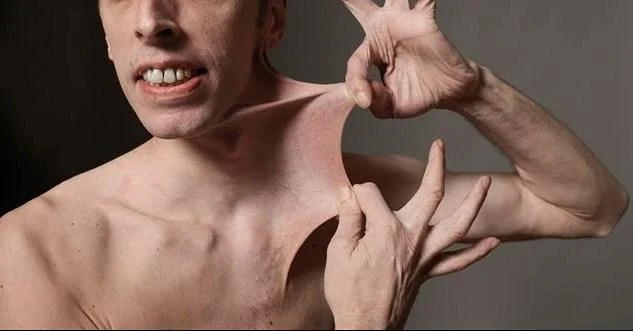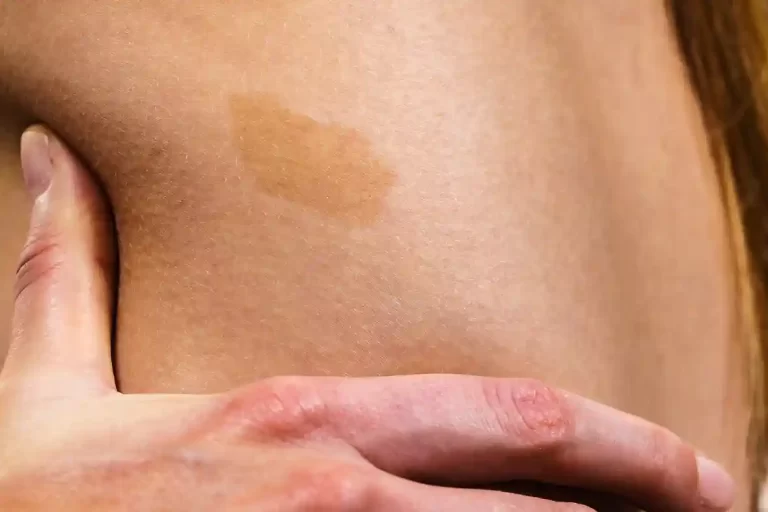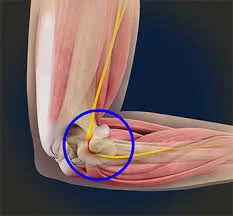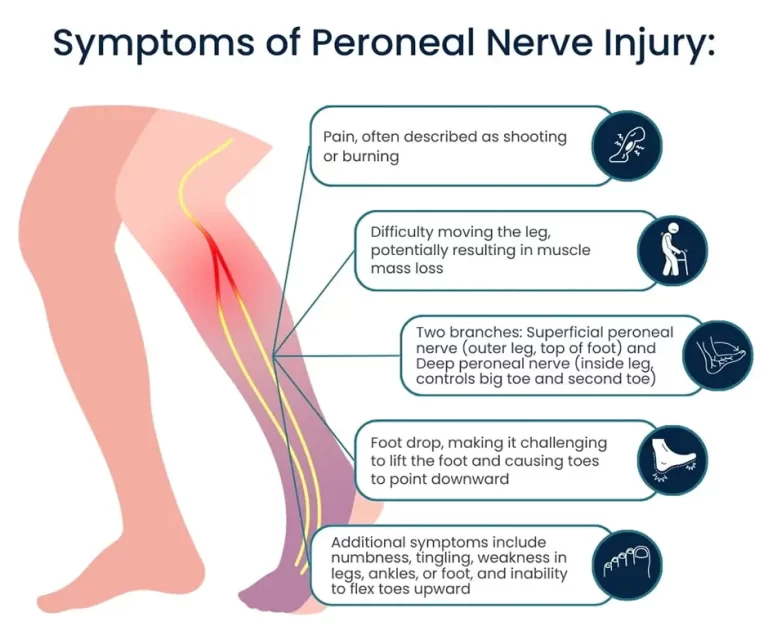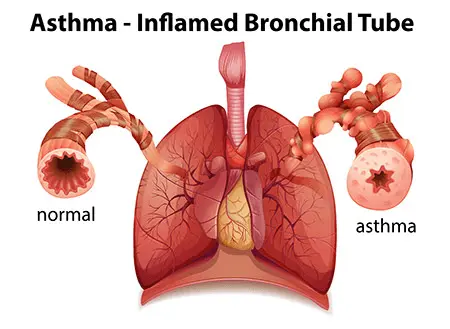23 Signs You Grew Up With Ehlers-Danlos Syndrome
Introduction
There may be certain difficulties and experiences associated with growing up with Ehlers-Danlos Syndrome that are not always apparent to others. From seemingly straightforward activities to more intricate facets of everyday life, people with EDS frequently acquire unique viewpoints influenced by their condition.
In this article, we’ll look at 23 indicators that show how having Ehlers-Danlos Syndrome as a child might affect a person’s mental and physical health. Gaining knowledge of these indicators can help one better understand the lived experiences of people with EDS and increase empathy and understanding of the difficulties they face.
What Is Ehlers-Danlos Syndrome?
- The skin, joints, and blood vessels are among the connective tissues in the body that are impacted by the rare genetic illness known as Ehler-Danlos syndrome.
- Connective tissues are flexible because of the proteins and other materials that comprise them.
- People with Ehler-Danlos disease have reduced collagen’s tensile strength.
- Even though Ehler-Danlos syndrome is a congenital condition, a patient may not be diagnosed for years.
- Variants Associated with Ehlers-Danlos may be inherited.
Types of Ehlers-Danlos Syndrome
- There are thirteen forms of Ehler-Danlos syndrome (EDS), most of which are rare.
- Hypermobile EDS (hEDS) is the most common form of Ehler-Danlos syndrome.
Symptoms of hEDS include:
- Hypermobility of joints
- Joint instability and dislocation risk
- Joint pain and clicking sounds
- Skin that bruises easily
- Digestive problems, such as heartburn
- After getting up, feeling dizzy and experiencing a faster heartbeat
- Incontinence of the urine
Is Elhers-Danlos Syndrome Genetic?
Ehler-Danlos syndrome is influenced by genetics. Over 20 genes have been connected to EDS.
Genes that have been linked to Ehler-Danlos syndrome include:
- COL1A1
- COL1A2
- COL3A1
- COL5A2
- These genes provide instructions on how to make different types of collagen.
- Changes (variants) in these genes can cause weak bones, skin, or other body tissues by interfering with the generation or processing of collagen.
There are 23 signs that you were born with EDS (Ehlers-Danlos syndrome).
Ehler-Danlos syndrome may be the cause of these symptoms for some people, while other people may think they are related to another underlying medical condition.
23 commonly observed signs are:
- High flexibility of the joints.
- Clumsiness.
- Frequently tripping or falling.
- Commonly occurring joint dislocations, particularly to the knee or elbow.
- Being able to bend your thumb or fingers back.
- A higher risk of bone fractures.
- Knees that are overextended.
- Experiencing double-jointedness.
- Having a fear of dislocation that prevents you from relaxing your joints.
- Frequent instances of fainting or dizziness.
- Reduced wrinkles.
- Foot problems that keep coming again, primarily pain and discomfort.
- Bloating, diarrhea, acid reflux, and other digestive issues.
- Extreme fatigue.
- Use a different grip while using a pen or pencil to avoid pain, discomfort, or dislocation of your finger joint.
- Spend more time on your everyday chores.
- Headaches, vision issues, or postural orthostatic tachycardia syndrome (POTS) growing.
- Early onset of persistent physical pain.
- Running in a style that makes you stand out from the crowd.
- You are picky about what you wear to protect your sensitive skin.
- In joints, a popping or clicking sound is created.
- Ankle pain that is becoming worse with time.
- Not being able to move fast.
Treatment for Ehlers-Danlos Syndromes
There is no cure for Ehler-Danlos syndrome.
Controlling the symptoms and preventing more issues are the main objectives of therapy.
Treatment options for Ehler-Danlos syndrome include:
Medication: Over-the-counter pain relievers are usually the cornerstone of EDS therapy. Additional medications may be required in cases of serious damage.
The goals of medical treatments for EDS are to control certain symptoms and avoid consequences. To increase skin suppleness and lessen irritation, for example, you can be prescribed lotions or ointments if you have skin issues.
An essential part of treating EDS is managing pain. However, since certain medicines might worsen symptoms or produce unpleasant effects, it’s crucial to know which ones to avoid if you have EDS. People with Ehler-Danlos syndrome have delicate blood arteries.
Physical therapy: People with Ehlers-Danlos are more prone to experience dislocations in joints with weak connective tissue.
It may be recommended that physical therapy be undertaken to strengthen muscles and stabilize joints.
Recall that the purpose of therapy is to enhance your quality of life in addition to managing your EDS symptoms. You may better control your symptoms and live a satisfying life by collaborating with your healthcare team and making the required lifestyle changes. See our page on EDS therapies to learn more about your choices for therapy.
Surgery: People who often dislocate their joints or burst their organs or blood vessels may require surgery.
Throughout their disease, people with EDS usually get assistance from a wide range of medical professionals.
Surgery may be considered in extreme circumstances or when medicines and lifestyle changes are ineffective. These can involve joint replacements or operations to fix organs or blood arteries that have been injured. To fully comprehend the possible dangers and advantages, it is imperative that you have a detailed discussion with your healthcare physician about these alternatives.
The EDS healthcare team usually consists of a physical therapist, an occupational therapist, and counselors. Genetic counseling can help people better understand their condition, how it is inherited, and whether they can pass it on to their children. Many of the symptoms of EDS may be managed, despite the fact that there is no particular therapy for it.
Lifestyle Modifications
Changing one’s lifestyle is essential for controlling the symptoms of EDS. Striking a balance between exercise and relaxation is crucial. Frequent mild exercise helps build your muscles, increase cardiovascular health, and stabilize your joints. However, it’s also crucial to stay away from activities that require abrupt or startling movements or that have a significant risk of harm.
For instance, because of the possible effects on blood vessels, vEDS, contact sports, hard lifting, and activities that have a high risk of falls, such as skateboarding or skiing, should be avoided.
Physical therapy could be helpful if joint hypermobility is one of your symptoms. By strengthening the muscles surrounding your joints, some workouts can lower your risk of dislocations and other problems. For further information, see our guide on EDS physical therapy.
Summary
- Ehler-Danlos syndrome (EDS) is a rare hereditary disease that affects the body’s connective tissues.
- Although Ehler-Danlos syndrome is a congenital disorder, affected individuals may not experience symptoms for years or even decades.
- There are around thirteen types of Ehler-Danlos syndrome, with hypermobility EDS (hEDS) being the most common.
- Ehler-Danlos syndrome is a genetic condition associated with more than 20 genes, including COL1A1 and COL1A2.
- Most Ehler-Danlos patients are unaware of their disease because they cannot identify signs such as simple skin bruises and joint dislocation.
FAQs
Should individuals with EDS become parents?
Patients may also have a higher chance of experiencing serious bleeding after giving birth, depending on the kind of EDS. You might want to talk to your doctor and a genetic counselor about your reproductive choices because of the possible hazards of getting pregnant and passing the sickness on.
Do those who have EDS suffer mental health problems?
Additionally, individuals with EDS are more likely to have mental health issues like mood disorders and suicidal thoughts and actions, as well as pains like headaches, muscular soreness, neuralgia, stomach pain, and malaise.
Which odd symptoms are associated with EDS?
Other skin traits and symptoms, such as atypical skin texture, skin fragility, very thin skin, delayed wound healing, and irregular scarring, may also be present in people with a particular kind of EDS. Skin hyperextensibility or unique skin traits are not present in all people with an EDS type.
Which facial characteristics are characteristic of EDS?
The characteristic facial traits of a tiny nose, thin upper lip, short earlobes, and large eyes are frequently shared by people with vascular Ehlers-Danlos syndrome. The underlying blood vessels are highly apparent through the skin in those with fair complexion.
Do those who have EDS appear younger?
Many people with EDS don’t get wrinkles as they age because their skin’s collagen is so elastic. In addition to making the skin feel incredibly smooth, this collagen may help EDS sufferers seem younger. The skin is even described as “velvet-soft” by doctors.
Can someone with Ehlers-Danlos lead a regular life?
For the remainder of your life, you should anticipate managing the symptoms of Ehlers-Danlos syndrome. EDS has no known cure. However, after you learn to control your symptoms, you should be able to engage in all of your regular activities. Certain types of severe physical exercise, such as contact sports, may need to be avoided.
What effects does Ehlers-Danlos have on hair?
Both the scalp and the body may have scant hair. It often grows slowly, is fragile, and has a pale color. It might be difficult to handle, curled, coiled, and extremely delicate. Male beard development and body hair throughout adolescence could not be impacted.
Why do medical professionals not accept EDS?
Although the precise etiology of EDS is unknown, experts are aware that it is a hereditary illness. Chronic Ehlers-Danlos disease can last for years or even a lifetime. EDS does not have a diagnostic test. Doctors may find it challenging to correctly identify EDS in affected persons due to a lack of official diagnosis guidelines.
How do EDS sufferers feel?
Since individuals with EDS seem healthy on the outside but suffer from pain and fatigue that can make daily activities like cooking or dressing feel difficult, the condition is known as an “invisible” sickness.
How was the diagnosis of Ehlers-Danlos syndrome made?
The most common types of EDS are as follows: Hypermobile EDS is commonly characterized by joint hypermobility, velvety, easily bruised skin, and persistent bone or muscle pain. Classical EDS: Signs and symptoms might include weak muscles, hypermobile joints, delayed development, and easily bruised, elastic, stretchy skin.
Do those who have EDS appear younger?
Yes, having Ehlers-Danlos syndrome might make you appear younger. People with EDS do not get wrinkles because of the collagen’s increased flexibility. Their skin is smooth and young as a result.
Which facial characteristics are characteristic of EDS?
Additionally, its skin is translucent and sensitive, making it extremely vulnerable to damage.
References
- Physiotherapist, N. P.-. (2023d, December 13). 23 Signs You Grew Up With Ehlers-Danlos Syndrome. Mobile Physiotherapy Clinic. https://mobilephysiotherapyclinic.in/23-signs-you-grew-up-with-ehlers-danlos-syndrome/
- Life, X. (2023, March 28). 23 Signs You Grew Up With Ehlers-Danlos Syndrome. https://www.linkedin.com/pulse/23-signs-you-grew-up-ehlers-danlos-syndrome-xcode-life-sciences/
- 23 Signs You Grew Up with Ehlers-Danlos Syndrome | Relief Now. (n.d.). https://www.reliefnow.com/articles/23-signs-you-grew-up-with-ehlers-danlos-syndrome

